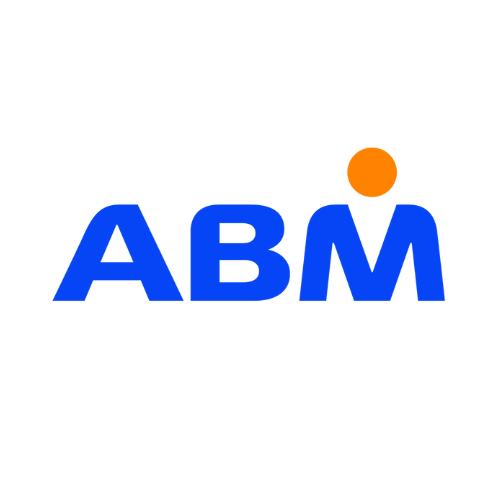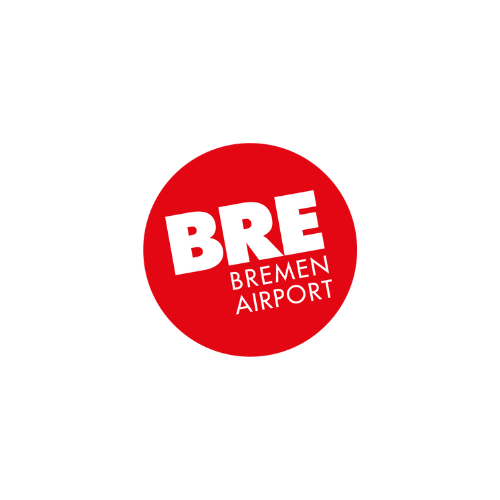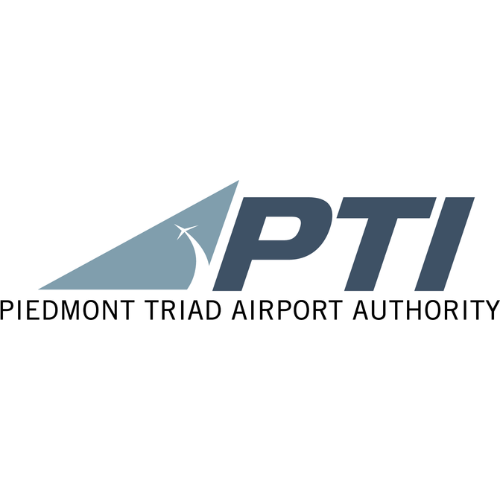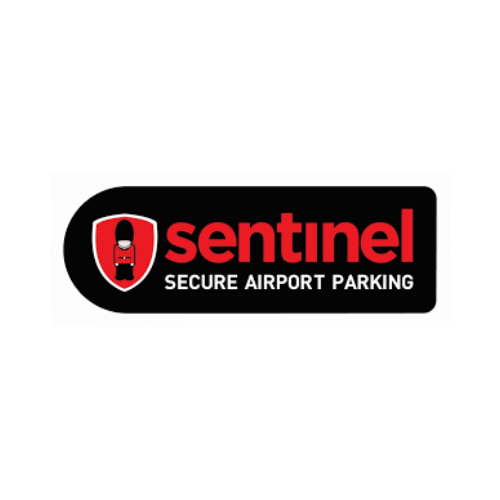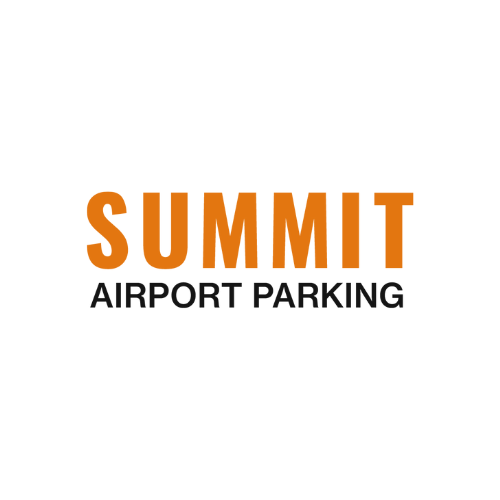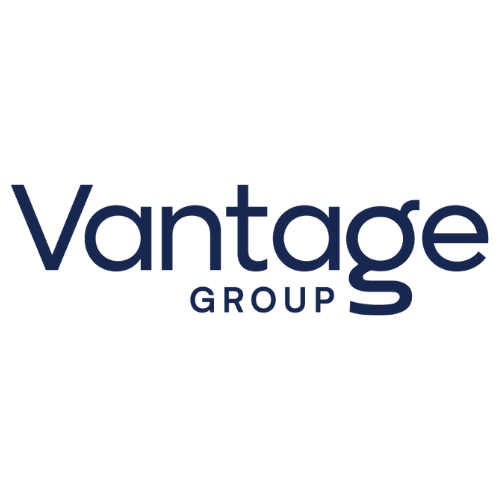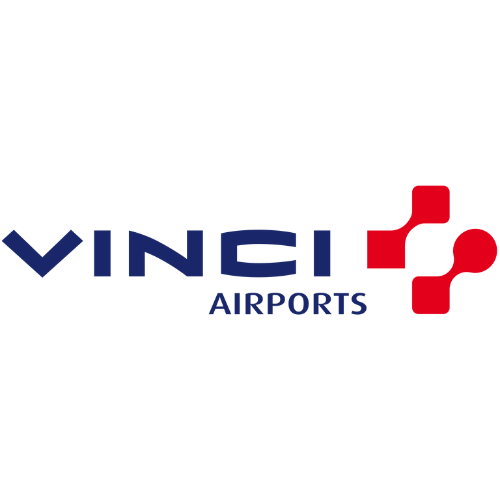Yield management is a pricing strategy by which any business with a fixed number of products can optimise revenue. It is the process of selling the right product to the right customer at the right time — and it’s a strategy even parking operators, who work with fixed, limited parking spaces, can make the most of.
By using dynamic pricing to optimise parking revenue and occupancy rates, you can generate a consistent income stream, make better use of existing infrastructure, and reduce operational costs, enhancing overall profitability.
What is dynamic pricing?
Dynamic pricing is real-time yield management and is a pricing strategy in which the price of a product or service fluctuates based on various factors such as current demand, supply, time of day, location, and customer behaviour.
Dynamic pricing is already a familiar concept for businesses with limited resources such as hotel rooms, rental cars, train and plane tickets — most consumers are willing to pay different prices for the same product at peak times or out of season.
One example of dynamic pricing, which consumers are familiar with, is Uber’s ride-sharing ‘Request a Trip’ app that uses flexible supply and demand pricing structures to manage revenue in peak times with surge pricing. Fare rates automatically increase as demand outstrips the supply of available drivers near the passenger’s location, ensuring a reliable service for those prepared to pay a premium. In addition, the app notifies those who choose to wait when the price drops again.
What is the difference between static and dynamic pricing?
Static pricing is the traditional method where the parking fee remains constant. Drivers pay the same price per hour to park whether demand is high or low. To increase revenue, you can vary fixed rates with fixed incentives, such as early bird specials or event rates. A great example is the town centre car parks in Exmouth Devon. Out-of-season, they offer a special day rate of £2 — the normal charge for a 2-hour stay during the peak summer season — to attract more people to the local shops.
Dynamic pricing is a smarter way of operating. It is market-driven pricing that tunes into real-time demand, letting you up the price when everyone’s vying for a spot and lower it to keep spaces full during slow times. It’s like having a smart assistant for your car park, ensuring you’re always in step with market conditions while boosting your bottom line.
How does dynamic pricing work for parking operators?
Dynamic pricing isn’t a one-size-fits-all approach. There are several dynamic pricing models, each with its own uses:
Surge pricing reacts to sudden spikes of parking demand, increasing rates to manage the increased demand. For example, this can work well at airports for peak travel times like holidays or weekends, when more flights are scheduled and more travellers need parking. The aim is to maximise your parking facility’s revenue when parking spaces are at a premium.
Time-based pricing changes based on specific time frames, such as rush hour or late night. For example, a parking operator in a city’s downtown area may offer discounted rates during the middle of the day when most office workers are at work. Varying prices in this way can incentivise off-peak parking and make better use of the available parking lot spaces.
Demand-based pricing focuses on adjusting parking rates depending on the current level of demand for parking spaces. For example, a parking operator near a stadium can increase parking rates during special events such as sports games or concerts. On the other hand, parking rates may be lower when occupancy levels are low.
What are the benefits of dynamic pricing for parking operators?
Implementing dynamic pricing can yield a range of benefits for parking operators:
- Potential ROI: With dynamic pricing, you’re not just filling parking spots; you’re optimising how much each spot earns. When more people want to park, you adjust the rates upwards. The extra revenue you earn during peak times can notably offset quieter periods, making for a good return on investment.
- Improved Occupancy Rates: You can lower the parking rates when customer demand is low to encourage people to use the less occupied parking spaces. The lower rates make your car park more appealing, filling up those otherwise empty spaces. The revenue may be smaller per spot, but it’s revenue you wouldn’t have seen otherwise.
- Optimised Space Usage: Dynamic pricing encourages short stays during busy times and fills less popular spots by adjusting rates. It also speeds up the time it takes to find parking availability, reducing congestion. Essentially, you’re making every square metre of your car park work harder for you.
- Better Customer Experience: Using dynamic pricing, you can ensure that parking spaces are available even during busy times. It also gives cost-sensitive travellers options for cheaper parking during less busy periods, making for a more flexible, customer-friendly experience.
How can parking operators implement dynamic pricing?
If you’re considering implementing dynamic pricing for your car park, here are some steps to guide you:
1. Forecast demand
The starting point for successful dynamic pricing is to forecast demand for parking spaces. Look for daily, weekly and monthly patterns and identify when occupancy is at its lowest and when demand is high. While you can make reasonable assumptions about occupancy based on experience, accurate data enables you to see this information in real-time and predict future use.
Historical data will allow you to see rises and falls in car park use by time of day, day of the week, seasonally, and around special events. You can collect data through a parking ecommerce platform like Rezcomm.
Using Rezcomm’s Parking Reservation Software and advanced yield management tools, you can set flexible rates that can be switched instantly. What’s more, you can measure the success rate of changes in real-time with integrated reporting systems. You can integrate an online parking booking system with your website, offering convenience and certainty for drivers. This improves customer service by enabling drivers to pre-book and guarantee a space while also making most of your car park’s available capacity.
Additionally, dynamic pricing can be paired with digital signage to enable you to vary rates for drive-in customers and online users. Other digital integrations like mobile pay can increase convenience and improve the customer experience.
2. Understand and use data
Digital parking solutions are great for collecting customer data. But it’s how you use that data to create a robust and revenue-driven yield management strategy that will set you apart from other car park operators. Make sure you choose an intelligent parking solution that will enable you to:
- Identify certain customer behaviours and habits, i.e. entry and exit times, days, dates, and duration of stay
- Quick and efficiently distribute available parking spaces
- Determine optimum pricing based on demand
- Assess performance and return on a daily, weekly, monthly, and annual basis
- Accurately predict fluctuations in demand and determine corresponding price changes
Here at Rezcomm, we’ve built a solution that takes the guesswork out of pricing structures and makes the available data work for you.
3. Optimise demand
While it may seem counterintuitive to charge less when you’re making less profit, empty spaces equate to lost revenue. By lowering the rates when you have a lot of empty spaces, you’ll encourage more people to park, increasing your overall yield.
Of course, drivers are usually looking for convenience when it comes to parking. So, if your car park is in a prime location, it makes sense to offer parking spaces at a premium rate. However, If they are going to the theatre, and your car park is across town, you will never be able to compete with a car park right next to the venue. So, consider the local amenities to your car park and approach them with the idea of a parking package for their customers.
The same goes for car parks that have larger spaces. Suppose you find that your premium spaces are left empty. In that case, it’s worth considering offering them at a lower cost when all your standard spaces are full. Customers who expect to get a standard space will get a pleasant surprise and a sense of good customer satisfaction.
There may be times you want to offer special rates or employ strategic and tactical controls as far in advance as possible. For example, if your car park is near a major sports ground hosting a large-scale event in 2 years, it’s worth planning your pricing strategy as early as possible to maximise the revenue from each space. Be sure to market your prime location and consider packages that the event attendees can purchase from you. If it’s a big event, customers are likely to plan their journey and will be more likely to park with you if they can pre-book and get a guaranteed space.
As the event approaches, analyse the reports produced by your parking software to evaluate the results of your yield management strategies. And remember, it pays to be flexible. Be prepared to make adjustments based on both the success of your strategy and the success of your competitors.
4. Schedule regular reviews
It’s important to remember that yield management and dynamic pricing are not one-off tasks. They require consistency and commitment throughout the entire life of your parking business. Monitoring and reviewing your strategies will help ensure you’re making the most of every opportunity to improve revenue.
It’s also a chance to forecast future demand. Be clear about your goals and be honest about whether you have achieved them. Finally, consider what you could be doing differently to make even more revenue from your parking spaces and make the necessary tweaks to your pricing. With Rezcomm, it’s all within your control.
5. Keep customers happy
We’ve discussed the need to generate as much revenue as possible from your parking spaces with dynamic pricing but you also need to keep your customers happy. After all, it can be easy to forget that parking is a service and customers — especially repeat customers, appreciate pricing consistency. They won’t want to see your parking costs fluctuating too frequently or too excessively.
People like to know what to expect and to feel they are getting a good deal. Find a price point that gets drivers parking in your car park as consistently as is realistic. Then, design your dynamic pricing in a way that makes sense and seems fair to your customers.
You may also want to consider offering regular, repeat customers a better deal in the form of a subscription. Rezcomm makes this possible with the opportunity to sell parking subscriptions with enticing monthly or annual rates and automate the entire process by linking our subscriptions module with your car park tech.
Once you’ve got the pricing down, it’s time to work on the aspects of your business that make the biggest impression, i.e. customer service and good quality, well-maintained facilities.
Implement dynamic pricing in parking operations
Dynamic pricing is not just a trend but a robust, data-driven strategy for maximising revenue and customer satisfaction. Please download our brochure, watch our video or get in touch if you are interested in hearing more about Rezcomm’s Reservations module for car parks and advanced yield management tools.
